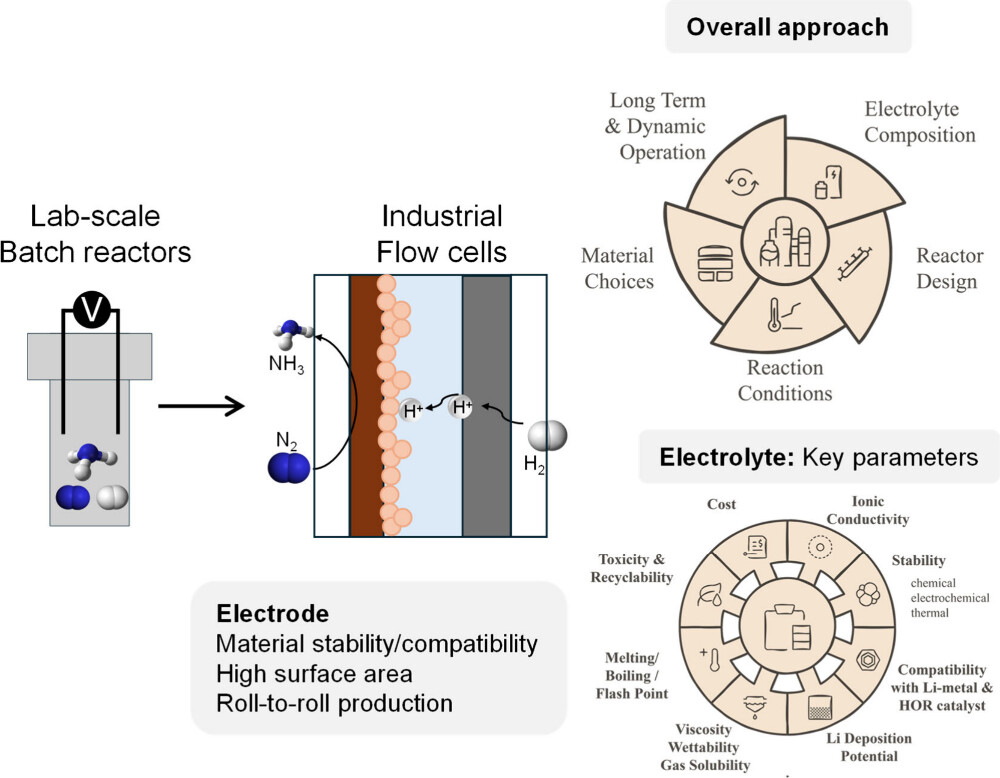What began as a simple bullet list on Notepad has evolved into a comprehensive spreadsheet with over 300 electrolyzers and detailed datasheets.
Our user-friendly web tool allows you to compare stack and system-level energy consumption effortlessly, which you can filter by country of origin or manufacturer. We believe this tool will be incredibly useful for researchers, engineers, and anyone interested in hydrogen production.
Check it out
here!






.png)






